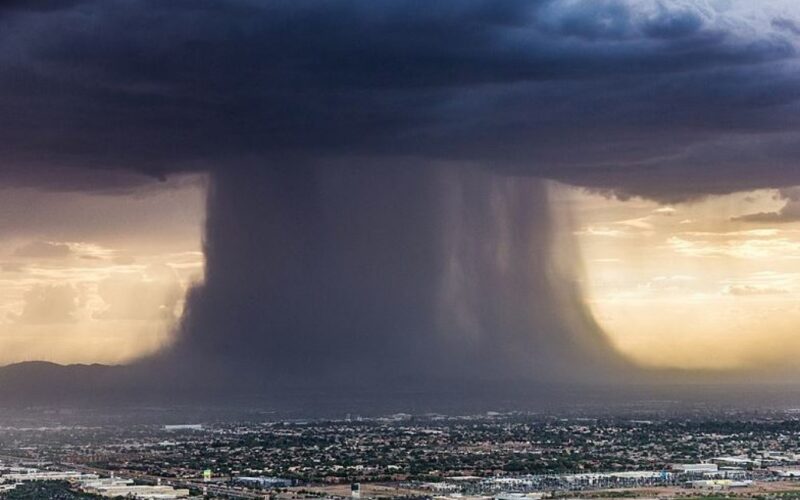In the realm of natural wonders, cloudbursts stand out as a breathtaking yet formidable phenomenon. These intense and sudden downpours captivate us with their raw power, but they also instill a sense of awe and fear. To truly understand the marvel of cloudbursts, we must delve into the science behind these meteorological marvels and their profound connection with mountains.
The Science Behind Cloudbursts
At its core, a cloudburst is an exceptional instance of heavy rainfall, where rain showers become torrential in a short span. The key lies in the atmosphere’s water vapor content and temperature. As moist air rises, it cools and condenses, forming clouds. If the conditions are just right, these clouds release their payload in a sudden and concentrated burst, leading to a cloudburst.
The Role of Mountains
In nature’s grand design, mountains play an integral part in shaping weather patterns. As air masses sweep across the Earth’s surface, they encounter these towering giants, forcing them to ascend. As the air rises, it cools and condenses, creating a moisture-laden atmosphere conducive to cloud formation. This process is known as orographic lifting and sets the stage for cloudbursts.
The Connection Unveiled
Mountains’ elevation and topographical features significantly influence the intensity of cloudbursts. High-altitude regions experience more dramatic orographic lifting, making them more susceptible to heavy rainfall. The collision of moist air with mountains accelerates the condensation process, resulting in larger raindrops that fall with greater force.
The Peril and Beauty of Cloudbursts
While cloudbursts showcase the sheer force of nature, they also pose significant dangers. Their rapid onset and intense rainfall can lead to flash floods, landslides, and infrastructural damage. In mountainous areas, the steep terrain exacerbates the impact, resulting in devastating consequences for local communities.
Mitigation and Precautions
Living in harmony with nature entails understanding and respecting its might. To mitigate the impact of cloudbursts, communities in mountainous regions must implement early warning systems, proper land-use planning, and sustainable practices. Erosion control measures, terracing, and afforestation can help stabilize slopes and minimize the risk of landslides during cloudbursts.
Cloudbursts serve as a poignant reminder of the interconnectedness of all natural phenomena. Their genesis lies in the dance between moisture-laden air and majestic mountains, weaving a mesmerizing tale of atmospheric beauty and elemental strength. To truly appreciate cloudbursts, we must embrace their majesty while heeding the need to safeguard against their potential perils. By nurturing this delicate balance, we can continue to marvel at the extraordinary forces that shape our planet.
